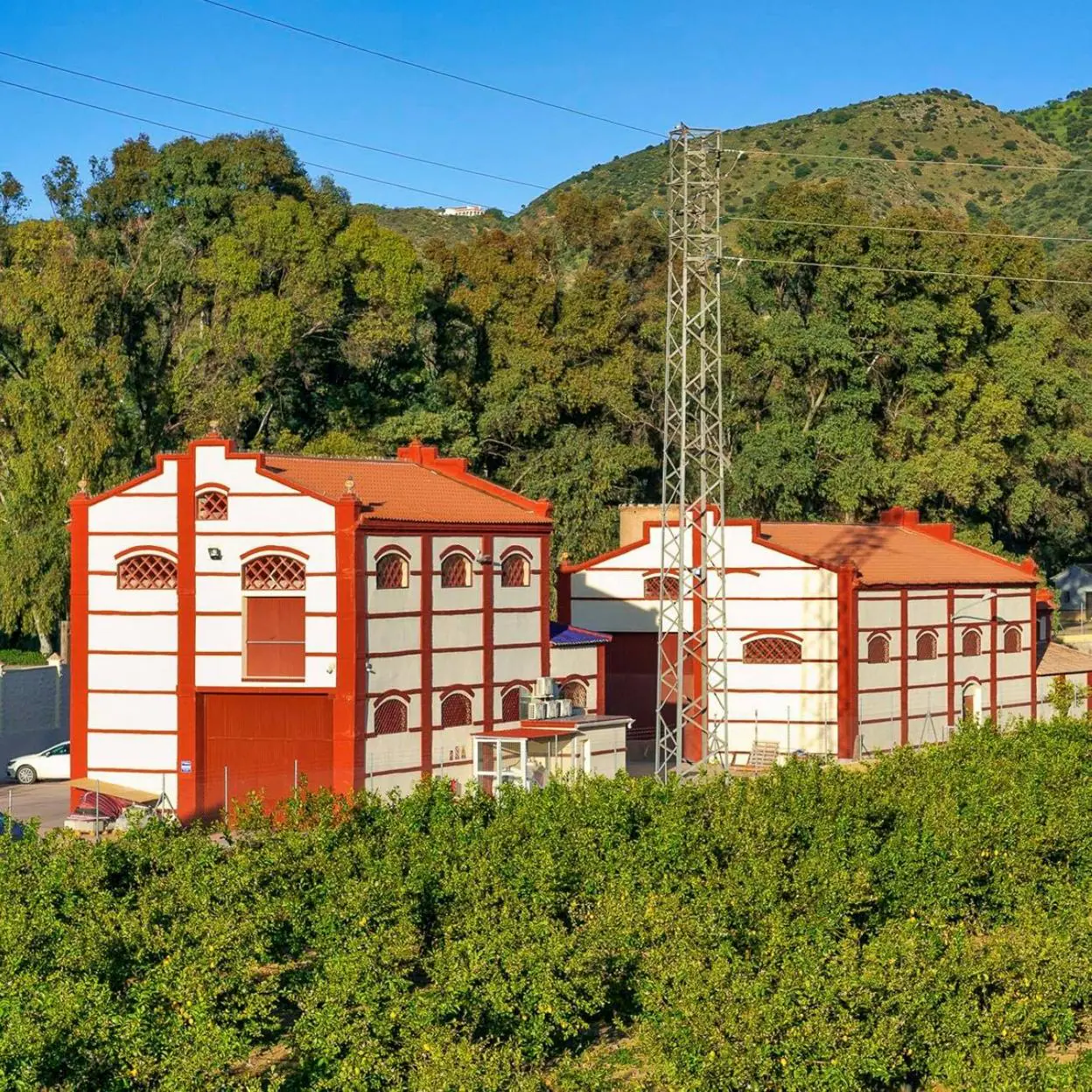The story of a building next to the river: a factory that exported perfume to Europe
A French family took advantage of the important citrus fruit production of the Guadalhorce valley to make perfumes and oils in Álora
ANDREA JIMÉNEZ
Friday, 7 January 2022, 13:15
In 1930, Dionisio Saisse and his French family decided to go on a new adventure in the Guadalhorce valley, the citrus fruit paradise.
Their chosen destination was Álora, where they constructed a building which nowadays is part of the municipality's history. Perfumes and essential citrus blossom oils are the fragrances that bring back memories of the Saisse Cavalier factory, a company that transformed Álora into a reference for worldwide exports in the last century.
Located next to the Guadalhorce river and the railway line, the factory remained active from the 1930s until 1972.
"It's a very iconic building for Álora, and it has survived serious floods such as the ones in 2012," said María José Sánchez, who is in charge of the Álora museum.
"A lot of locals have worked there, they know what the factory meant for the area."
Back in the 19th century, the Historic Spanish Dictionary of Geography and Statistics already cited the production of essential oils from lemon and bitter orange peel in Álora.
It all came from the extensive harvest of citrus fruits in the area, fertile land irrigated by the Guadalhorce river.
The manufacture of perfumes in the town continued in the 20th century, thanks to Dionisio Saisse and his heirs. The French family had a well-known exporting past: since the end of the 18th century they sent raw materials to the French town of Grasse, considered to be the perfume capital of the world. And in 1930 they decided to settle in Álora to manage their own factory.
The factory's location, next to the Guadalhorce, provided the supply of newly-picked citrus blossoms that guaranteed a great result in the distillation process, obtaining a more concentrated essence and oil from the bloom.
The complex, which still stands today, was made up of two buildings.
One was dedicated to the distilling process, while the other served as a warehouse and water deposit.
According to Pablo Pérez, the factory's original roof was composed of blue and white tiles, but had to be restored after the Civil War bombings.
The building also included a shed and an industrial chimney that extracted the citrus flower water and pure essence through classic techniques and equipment made in Grasse.
After decades of exports, the Saisse Cavalier family decided to close the factory in 1972, a year that saw a noticeable lack of raw materials needed to make their products.
The boilers, two of the most iconic pieces that were conserved after the closing, were lost after the estate was abandoned. As Pérez explained, the bigger boiler was made in Gainsborough, UK, by Marshall, Sons & Co. The other, smaller one was made in 1916 in the French foundry of Leroux & Gatinois.
In 2006, after decades of neglect, a private developer installed a nightclub in the factory, which would end up closing just two years later. Later, the 2012 floods destroyed a lot of what remained, due to its poor condition.
The iconic perfume factory remained unused until a few years ago, when it was acquired by the construction firm Leba, which restored the complex and installed offices and warehouses. According to the firm, the Sinerba Foundation will create a new space in the factory devoted to professional training.
